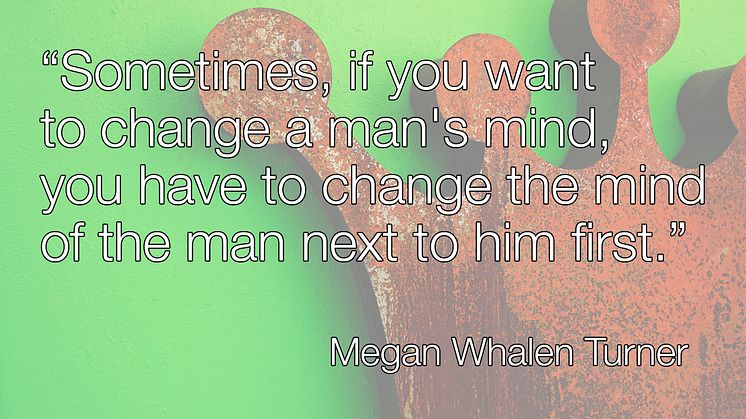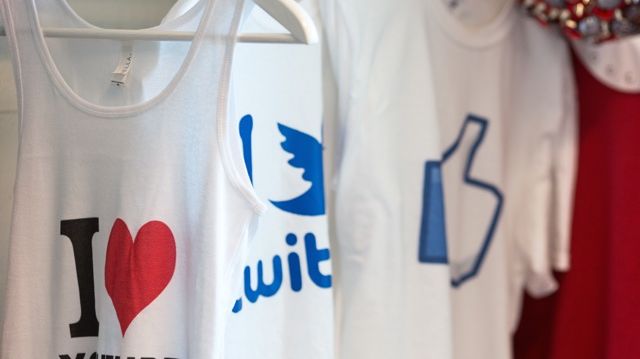
Blog post -
The social art of influencer relations
For decades, companies have used an array of devices to get to key persons of influence, whether they be politicians, activists, commentators or even celebrities.
PR agencies, lobbying companies and email databases have been used in concert to reach these people through the media, email marketing and face-to-face networking.
As with many other areas of the media, while the times may have changed, the principles of communications haven’t. Organisations are consistently aiming to reach out to influencers, PR continues to be of vital importance and there are still armies of lobbyists at work.
The two things that have changed are the use of technology and who the actual opinion formers are.
Social networks mean that many elements of PR, lobbying and B2B networking are now all part of the same overall strategy.
Plus the people you are trying to influence may be bloggers, in some cases anonymous or pseudonymous people such as Guido Fawkes, who often command greater audiences than traditional media.
The right content, for the right people, at the right time.
In order to mount an effective campaign, I advocate a Plan - Listen - Analyse - Engage approach to formulating a proper influencer relations strategy. This ensures the content your organisation or agency plans to create is of interest to thought leaders and opinion formers.

It has to be relevant, well-written, insightful and engaging. Plus, you need to have a sufficient ‘pipeline’ of content to keep the campaign going for weeks, if not months (more on this in my recent article on creating internal newsrooms).
Identifying your influencers
There are a number of ways to find the relevant influencers you need to build a relationship with.
Searches on Google, Twitter, Tumblr and Google+ will reveal many known opinion formers. As with traditional media relations where key journalists are sought out, consultancies should have a target list of people they want to engage with online.
Alternatively, there are a wide array of social listening and analytical tools that can assist in finding influential bloggers and individuals online. Companies such as Sprout Social, Adobe Social and Mynewsdesk all offer paid-for software which can help brands to identify, monitor and track thought leaders online.
LinkedIn groups are also a valuable resource and can often contain just the influencers you are trying to reach. Then there is Tweetreach, a great website where, by tracking a hashtag over a seven day (or longer) period, it is possible to find the key opinion formers and identify their Twitter accounts.
Engaging with your influencers
Once you have found these influencers, you cannot simply rush in, engage with them and essentially try to sell in your concept or idea.
Like any other aspect of social media marketing, it is vital that you listen first, understand the relevant online environment, monitor the conversations taking place and analyse how you are going to engage.
As with any form of networking, this may take some time, as you need to build trust with any forums, groups or individuals you intend to enter into dialogue or conversation with. Simply bombarding these people with press releases, sales messages and requests is not going to endear them to you or your organisation.
Plus, different social networks require different content, etiquette and approaches. For example, with Twitter you may need to retweet, reply and @mention frequently to build up a rapport. On LinkedIn, you may need to comment regularly on posts within groups. While on Google+, joining hangouts and taking part in discussions could be the best way to make yourself visible to your target audience(s).
Paid media
I see no reason why paid media cannot be used to reach some of these individuals. Sponsored tweets, LinkedIn inmails as well as LinkedIn sponsored company updates, if combined with a proper ‘elevator pitch’ and calls to action, can be an excellent way to reach key persons of influence.
My top 5 tips for improving your Influencer Relations
1. Understand who the influencers are, where you are likely to find them and research what content they are most likely to engage with
2. Ensure you have a steady reservoir of quality content to (a) build the credibility of your brand online and (b) engage with this audience in a meaningful way
3. Use a combination of free and paid-for software to help unearth new key persons of influence
4. Build relationships slowly to gain trust rather than rush in with a sales message
5. Monitor what works and what doesn’t when engaging with influencers
By David Taylor, Digital Consultant specialising in marketing, social media training, strategy & implementation and author of The Business of Being Social.







